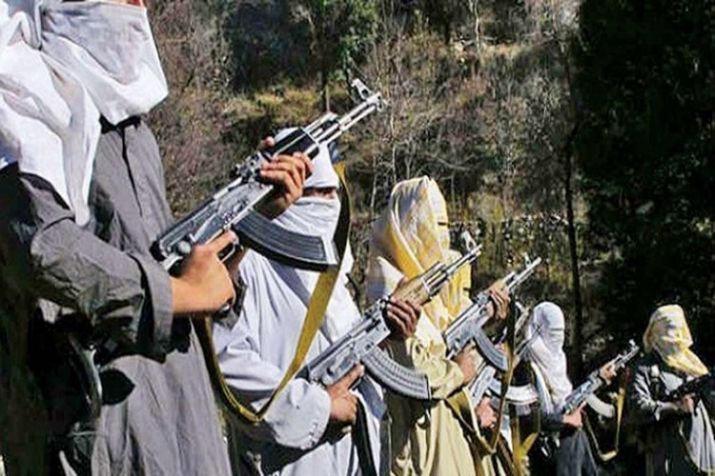My life changed forever during a visit to my native village Sogam Lolab in Kashmir Valley. This was 17 years ago, and I was an excited 8-year-old boy. We were visiting after a long time. From Srinagar, we had traveled to north Kashmir’s Kupwara to reach the village.
Upon arrival, my mother decided to visit my uncle’s house and spend the night. She insisted that I stay with her but I didn’t listen. I went to another uncle’s place to have fun, as I hadn’t met them in a long time. Little did I know, it was going to be the last time I would speak to my mother.
To my surprise, at around 6 PM that day, all the neighbouring houses in the village switched off their lights. I asked my cousin about it, and he said, “Militants make routine visits to the houses in the village, and people offer them food and other things. Nobody has the guts to say anything to them. Whatever they say, everyone follows.”
At around 7 PM, while I was playing carrom with my cousins, we heard some gunshots. Initially we thought it to be an encounter between security forces and militants, because militancy was far too common in the Valley back then. After a few minutes, upon hearing loud cries from outside, we rushed to the gate to find my aunt weeping. When we entered the house where my mother was staying for the night, we saw blood stains on the walls. My elder sister fainted, and my brother and I had no idea what was going on.
The following day, people started gathering at our house. I saw two lifeless bodies lying on the bed — one was my mother and the other was my uncle.
There was a cotton roll full of blood in my mother’s right eye.
Eight-year-old me kept asking everyone why was my mother lying on the bed and why nobody was speaking to her or asking her to talk. I could only think of her being angry at me for not staying with her the previous night. Then I saw my father crying and realised something was wrong. Nobody responded to my questions; everybody was crying.
In the evening, I was told to see my mother’s face for the last time before the burial. I also went to the graveyard and filled her grave with my hands. It was all a blur, and I was absolutely clueless about the goings-on.
So what really happened that fateful night to my mother? The story goes, the militants had come knocking on my uncle’s door, and asked my mother for water. When she returned with water, one of them shot my uncle in the chest, while another shot my mother in the eye. Both of them died on the spot, and the militants fled.
Those militants not only killed two people – they rendered seven children motherless in the blink of an eye.
Seventeen years have passed, but the incident remains fresh in my memory. I still recall my last moments with my mother.
As per the central government’s data, there has been a 40% decline in the recruitment of militants in 2019 since the previous year. After the crackdown on Jamaat-e-Islami and the Hurriyat, stone-pelting has reduced. The Hurriyat has also faced opposition and rejection rejected from different sections of the Valley because of their failed Kashmir policy.
But the youth in south Kashmir, especially Tral, Pulwama, Shopian, continue to join militant outfits. They tend to easily fall for the ideals of jihad, after systematic brainwashing. They have no idea what they are up to, but they seem to prefer death over life.
Militant outfits succeed in this indoctrination mainly by using social media for their propaganda.
It’s believed that (late) Hizbul commander Burhan Wani heralded the use of social media to recruit Kashmiri youth into militant ranks.
The fear of the gun in Kashmir is the only reason people don’t want to raise their voice against militancy and violence. In the past, we have witnessed the fate of those who have spoken against gun culture and violence in the Valley. Nobody dares to question the militants in such an atmosphere.
Where do we go from here?

